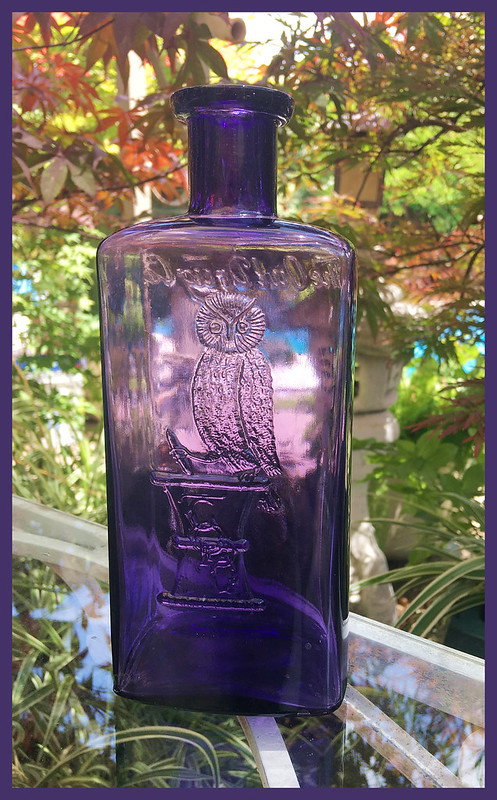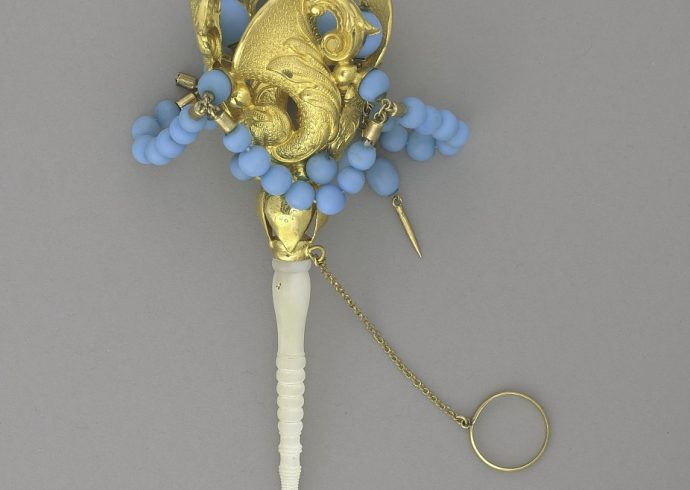
Irradiated Glassware
Irradiated glass is essentially a clear or colored glass that has been exposed to radiation to change the color, often giving it s bright hue. The same effect can be achieved by leaving colored glass in the sunlight for a long time. Once the glass changes color through exposure to radiation, however, it cannot be changed back to its original color. Some antique glass collectors seek out irradiated glass for their collections because it is unique and the changed colors attract the eyes of those who like such colors. For example, a piece of glass containing manganese will change to purple when exposed to gamma radiation.
This purple is a shade that cannot be obtained through the natural metals and minerals used in making different colored glassware. Most of the metallic salts produced in glassware during the late nineteenth and early twentieth centuries were uniform in color, meaning that the different companies using these salts would frequently come out with the same colored glassware.
Even clear glass containing a certain mineral in the composition could change color when over exposed to natural sunlight for a long period of time. If a clear glass perfume bottle turned light purple, chances are there is some magnesium in the glass. Of course, this would not happen with all clear glass objects.
Early glass companies did not intend to create irradiated glass as such; when manganese was no longer used, selenium took its place, thereby changing the color of the glass to a very pale yellow or even clear wheat. So how did irradiated glass manage to find its way into the antiques market?
It is believed that some people, not content with the original charm of the colored glass made into Depression glass, believed they could “enhance” the color. Changing the color is not hard to do; all it requires is ultraviolet radiation to change the color of the glass. Setting the glass outside in strong sunlight takes longer for it to change, but it does the same job. Clear glass that contains magnesium frequently will turn a very pale purple, almost alexandrite, in color. A stronger radiation can change the glassware to a blue-purple shade.
Real amethyst glassware as made by a company such as Northwood or Fenton will appear as a real amethyst shade and not the superficial blue-purple, which was not created in early American glass at the start of the twentieth century. Called “sun purpled” glass by antiques dealer for this reason, some dealers today will believe their radiated glass pieces will be more appealing and fetch higher sums when in fact the alteration of the original color depreciates the glass.
It is important for any antique glass collector to keep irradiated glass in mind, and to know what colors appear as if they have been manipulated through radiation.
Image Credit: A purple irradiated glass bottle, The Owl Drug Company 7.75″. Inferno55 via Flickr.


